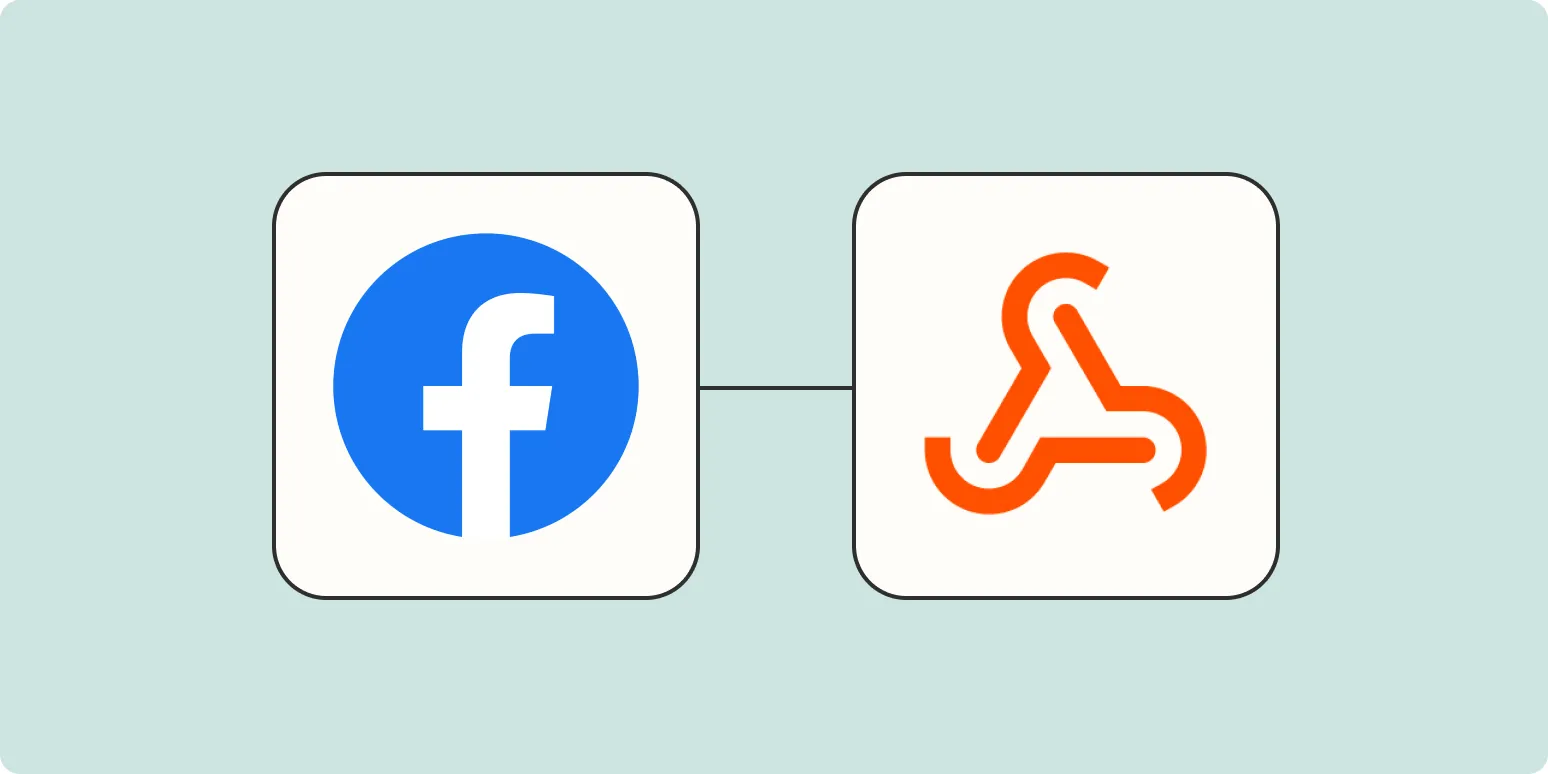Webhooks are an essential tool for automating workflows and connecting different applications. When it comes to integrating Facebook Lead Ads with your CRM (Customer Relationship Management) system, webhooks can significantly streamline the process of transferring leads and data. In this article, we will explore how to effectively use webhooks to connect Facebook Lead Ads to your CRM, focusing on the concept of referrerAdCreative and its importance in tracking your campaigns. Let's dive in!
Understanding Webhooks and Their Functionality
Webhooks are user-defined HTTP callbacks that allow applications to send real-time data to other applications whenever a specific event occurs. In the context of Facebook Lead Ads, a webhook can be triggered when a user submits their information through an ad form. This data can then be sent directly to your CRM, eliminating the need for manual data entry and reducing the chances of errors.
Setting Up Webhooks for Facebook Lead Ads
To connect Facebook Lead Ads to your CRM using webhooks, follow these steps:
- Create a Facebook App: Go to the Facebook Developers portal and create a new app. This app will allow you to access the Facebook Marketing API and manage your webhooks.
- Subscribe to Webhooks: In your app settings, navigate to the Webhooks section and subscribe to the Leadgen object. This will enable your app to receive notifications when new leads are generated.
- Set Up Your Endpoint: You’ll need to create a server endpoint that will receive the webhook data. This endpoint should be capable of handling POST requests and processing the incoming data.
Configuring the Endpoint to Capture Lead Data
Once your Facebook app is set up and you've subscribed to webhooks, it's time to configure the endpoint to capture the lead data. Here’s a simple example of how your endpoint might look:
app.post('/webhook', (req, res) => {
const leadData = req.body;
// Process lead data
console.log(leadData);
// Send data to CRM
sendToCRM(leadData);
res.sendStatus(200);
});
In this example, when a lead submits their information, the Facebook Lead Ads service will send a POST request to your endpoint with the lead data, which can then be processed and sent to your CRM system.
Understanding referrerAdCreative in Lead Data
One of the critical components of the data sent through webhooks is the referrerAdCreative field. This field provides essential information about the specific ad creative that generated the lead. Understanding this data is crucial for assessing the performance of your ad campaigns.
The referrerAdCreative field often includes the following information:
| Field Name | Description |
|---|---|
| ad_id | The unique identifier for the ad. |
| creative_id | The unique identifier for the ad creative. |
| ad_name | The name of the ad as set in Facebook Ads Manager. |
| campaign_id | The unique identifier for the campaign that the ad belongs to. |
| adset_id | The unique identifier for the ad set that contains the ad. |
Integrating the Data into Your CRM
Once you have the lead data along with the referrerAdCreative information, the next step is to integrate this data into your CRM. Most CRM systems provide APIs that allow you to create new leads or update existing records. Here’s a simplified example of how you might send this data to a CRM:
function sendToCRM(leadData) {
const crmData = {
name: leadData.full_name,
email: leadData.email,
ad_id: leadData.referrerAdCreative.ad_id,
campaign_id: leadData.referrerAdCreative.campaign_id
};
// Assuming you have a CRM API endpoint
fetch('https://your-crm.com/api/leads', {
method: 'POST',
headers: {
'Content-Type': 'application/json'
},
body: JSON.stringify(crmData)
})
.then(response => response.json())
.then(data => console.log('Lead sent to CRM:', data))
.catch(error => console.error('Error:', error));
}
Monitoring and Optimizing Your Lead Generation
After setting up the webhook integration, it’s essential to monitor the performance of your Facebook Lead Ads. Utilize the referrerAdCreative data to analyze which ads are generating the most leads and adjust your marketing strategy accordingly. A/B testing different ad creatives and tracking their performance can provide valuable insights.
Conclusion
Integrating Facebook Lead Ads with your CRM using webhooks can significantly enhance your lead management process. By leveraging the referrerAdCreative field, you can gain crucial insights into your ad performance and optimize your campaigns for better results. Start automating your lead flow today and watch your conversions improve!





